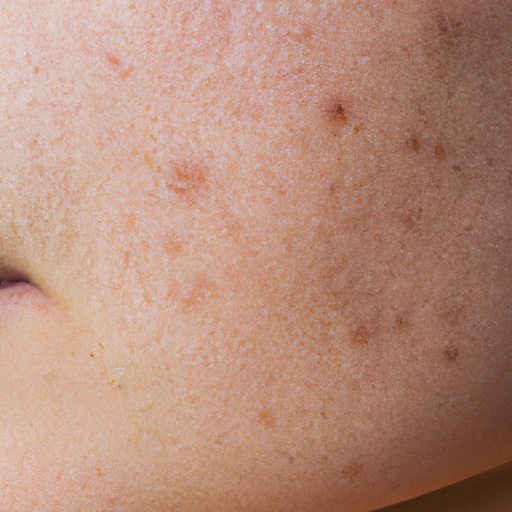Title: Unmasking Acne: A Comprehensive Guide to Diagnosis and Treatment
Acne is a common skin condition that affects millions of people worldwide. Despite its prevalence, many individuals struggle to understand the root causes of acne and the most effective treatment options. This article aims to unmask acne, providing a comprehensive guide to its diagnosis and treatment.
Acne is primarily characterized by the appearance of pimples, blackheads, whiteheads, and cysts on the skin. It commonly affects areas with a high concentration of oil glands, including the face, chest, and back. The condition is most prevalent during adolescence but can occur at any age.
The primary cause of acne is the overproduction of sebum, an oily substance that helps protect the skin. When sebum combines with dead skin cells, it can clog pores, leading to the formation of acne. Other factors such as hormonal changes, stress, certain medications, and a genetic predisposition can also contribute to acne development.
Diagnosing acne typically involves a thorough examination of the skin and a review of the patient’s medical history. Dermatologists may classify acne as mild, moderate, or severe based on the type and number of lesions present. This classification is crucial in determining the most appropriate treatment plan.
Treatment for acne varies depending on its severity and the patient’s individual circumstances. Mild acne can often be managed with over-the-counter products containing ingredients like benzoyl peroxide or salicylic acid. These substances work by reducing oil production and promoting the shedding of skin cells.
For moderate to severe acne, prescription medications may be necessary. Topical retinoids are often the first line of treatment, helping to prevent the formation of new acne by promoting cell turnover. Oral antibiotics may also be prescribed to reduce inflammation and fight bacteria.
In cases where acne is resistant to other treatments or causes significant scarring, isotretinoin may be recommended. This powerful medication can effectively clear severe acne but is associated with serious side effects and should be used under close medical supervision.
Hormonal therapies can be effective for women who experience acne flare-ups around their menstrual cycle or those with polycystic ovary syndrome (PCOS). These treatments work by reducing the amount of androgens (male hormones) in the body, which can decrease oil production.
In addition to these treatments, lifestyle changes can also help manage acne. Maintaining a healthy diet, practicing good skincare habits, and managing stress can all contribute to clearer skin.
It’s important to remember that while acne can be frustrating and emotionally distressing, it is treatable, and numerous options are available. Patience is key, as most treatments take several weeks to show results.
In conclusion, understanding the causes and types of acne is crucial for effective diagnosis and treatment. Whether it’s mild or severe, there are a variety of treatment options available, from over-the-counter products to prescription medications. By working closely with a dermatologist, individuals suffering from acne can find a treatment plan that works best for them, leading to clearer, healthier skin.
Keywords: Acne, Diagnosis, Treatment, Sebum, Pores, Hormonal Changes, Stress, Medications, Genetic Predisposition, Benzoyl Peroxide, Salicylic Acid, Retinoids, Antibiotics, Isotretinoin, Hormonal Therapies, Lifestyle Changes.




